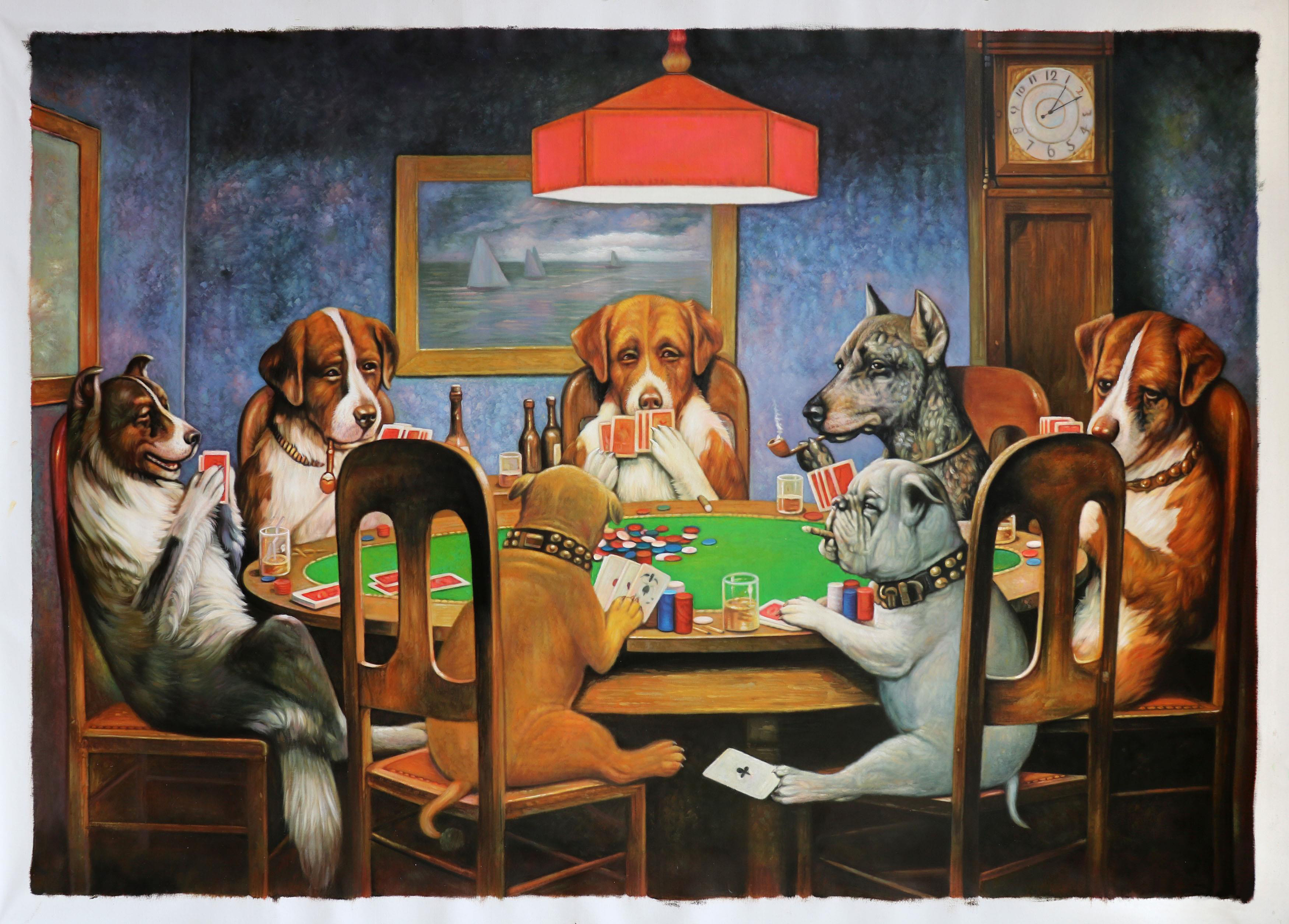No, it doesn't, if the main reasons they are identifiable as "a different species" are those historical stereotypes. "They are a different species" is exactly what that rationalization tries to achieve. "They are less than human, so it's ok to kill/subjugate them."
If they are basically human except that they are stupid, angry, ugly, promiscuous, etc., then, really, they are human...with historical markers to identify them as killable.
Again, though, if something else works for you at your table, go for it. I'm only trying to explain the reasoning that others (including, apparently, WotC) are using.
A couple of things.
First, I would argue that one of the main reasons that those historical stereotypes have become identifiers for humanoids is because we (the larger gaming community) keep trying to bring them closer to being human; in other words, we're changing them from monsters to people by giving them more and more human characteristics. They were basically savage pig-men in 1e, after all; their appearance, especially their faces, have been edging closer to human every edition since. There's been some talk about where it's okay to draw the line between "monster" and "person" lately; orcs started off clearly on one side and have migrated to a middle point where some people see them one way and most, the other.
Second, different is not the same as less than. Elves are also different than humans. The reason it's okay to kill or subjugate orcs (in a game where it is) is usually not because orcs are humans with funny hats; it's usually because they are
hostile to humanity. And this is usually either a byproduct of their biology or the result of the influence of their gods. Just as you wouldn't expect wolves and sheep to live in peace, orcs and humans have a relationship within the biological web that isn't typically conducive to peaceful close co-existence- basically, one where orcs are the predators, but the human prey can work together in numbers to provide a telling defense-through-offense. This isn't like the Germans butting heads with the French, in my view; it's more akin to two species competing for space.
But I do agree that everyone should run whatever makes it fun for their table.
Anyway, I think you (and several others) kind of proved my initial point about how the different species argument gets discounted in these discussions. I get where you guys are coming from, but strongly disagree; and I think a lot of the problematic elements of humanoids come from humanizing them instead of keeping them as less human, more distinct, and more different- in other words, as more inhuman. But I'm generally pro-more-differences when it comes to nonhumans.
One more thing I'd like to add, though, is that my perspective is that of a white American guy, with all the baggage that contains. So I'm painfully aware that my view is limited to that perspective.




